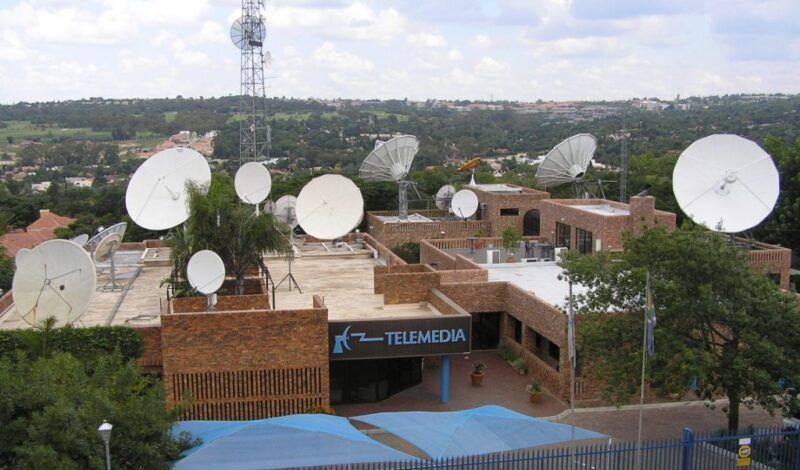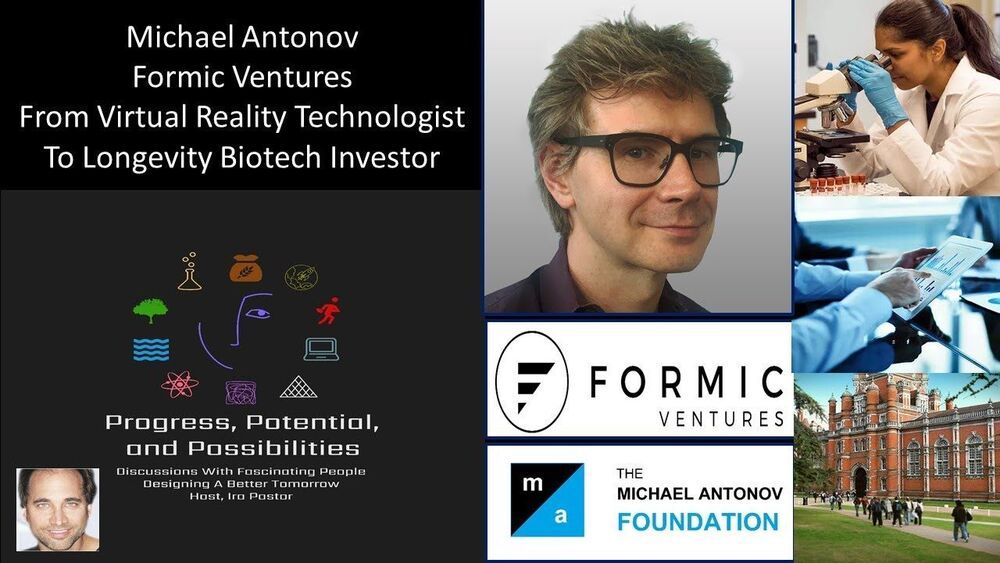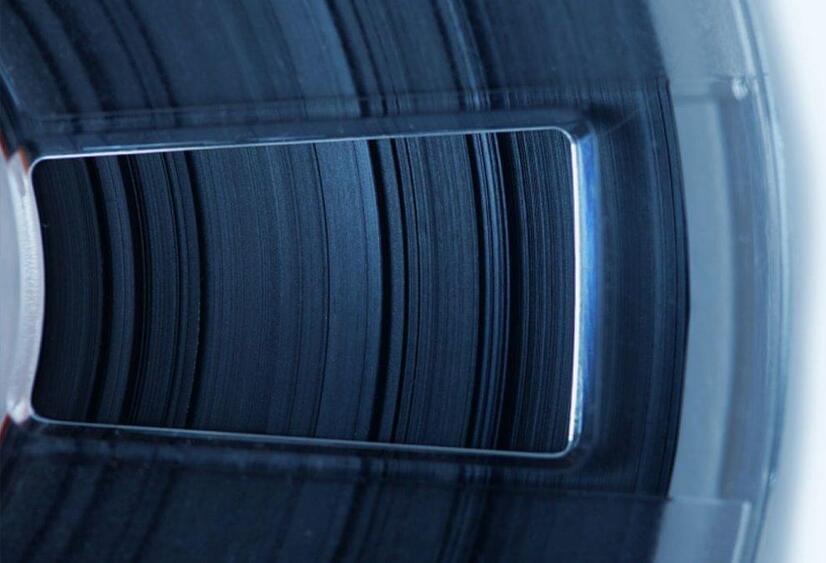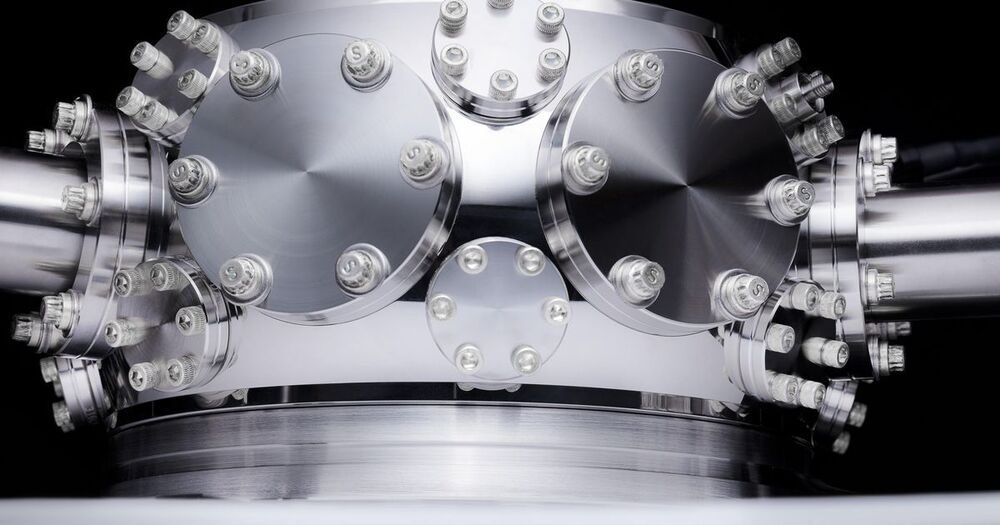Scientists have developed a new kind of cryogenic computer chip capable of functioning at temperatures so cold, it approaches the theoretical limit of absolute zero.
Category: computing – Page 559
ABS is partnering with Telemedia, a broadcasting and teleport service provider in South Africa, to improve its service offerings to customers in the Middle East and Africa region (MEA). ABS announced Monday that the company will gain access to a full suite of telecom services provided by Telemedia at its Johannesburg teleport. Telemedia will provide teleport fiber connectivity, data center hosting, and satellite uplink capabilities.
Telemedia said the partnership enables the company to further expand its broadcast and satellite connectivity services in the MEA.
“Our collaboration with Telemedia reinforces and strengthens our presence in the MEA and provides an extension to our global connectivity network,” Ron Busch, ABS’ EVP Engineering and Operations said. “[Telemedia’s] infrastructure offering with a solid track record, excellent customer support and can-do attitude during the COVID-19 pandemic shows its commitment to excellent customer service.”
Cloud computing is at a critical juncture. Millions of companies now use it to store data and run applications and services remotely. This has reduced costs and sped operations. But a new trend threatens the benefits that cloud computing has unlocked.
“Digital sovereignty” describes the many ways governments try to assert more control over the computing environments on which their nations rely. It has long been a concern in supply chains, affecting the kinds of hardware and software available in a given market. Now it’s coming for the cloud.
Governments around the world are passing measures that require companies to host infrastructure and store certain kinds of data in local jurisdictions. Some also require companies that operate within their borders to provide the government with access to data and code stored in the cloud.
Formic ventures — taking on huge challenges — from virtual reality technologist to longevity biotechnology investor.
Michael Antonov is the Founder and CEO of The Michael Antonov Foundation (https://antonovfoundation.org/), a charitable organization that supports biotechnology research and various causes that improve well being of people around the world, as well as Formic Ventures (https://formic.vc/index.html), an early stage high tech and biotech investment firm focused on prolonging human healthspan and empowering human creativity.
Michael is a serial entrepreneur and philanthropist passionate about taking on huge challenges that can make a difference in human lives, such as solving the problem of aging.
Prior to launching the foundation, Michael was a technology executive, most recently as the co-founder and Chief Software Architect at Oculus, acquired by Facebook, where he helped revive the virtual reality industry. Prior to that, Michael was the co-founder and CTO of Scaleform, a user interface software company, whose product is embedded into hundreds of computer, console, and mobile games around the world.
Michael is a graduate of the University of Maryland in the field of computer science and is a member of their alumni hall of fame.
Quantum computing offers the promise of solutions to previously unsolvable problems, but in order to deliver on this promise, it will be necessary to preserve and manipulate information that is contained in the most delicate of resources: highly entangled quantum states. One thing that makes this so challenging is that quantum devices must be ensconced in an extreme environment in order to preserve quantum information, but signals must be sent to each qubit in order to manipulate this information—requiring, in essence, an information superhighway into this extreme environment. Both of these problems must, moreover, be solved at a scale far beyond that of present-day quantum device technology.
Microsoft’s David Reilly, leading a team of Microsoft and University of Sydney researchers, has developed a novel approach to the latter problem. Rather than employing a rack of room-temperature electronics to generate voltage pulses to control qubits in a special-purpose refrigerator whose base temperature is 20 times colder than interstellar space, they invented a control chip, dubbed Gooseberry, that sits next to the quantum device and operates in the extreme conditions prevalent at the base of the fridge. They’ve also developed a general-purpose cryo-compute core that operates at the slightly warmer temperatures comparable to that of interstellar space, which can be achieved by immersion in liquid Helium. This core performs the classical computations needed to determine the instructions that are sent to Gooseberry which, in turn, feeds voltage pulses to the qubits. These novel classical computing technologies solve the I/O nightmares associated with controlling thousands of qubits.
Quantum computing could impact chemistry, cryptography, and many more fields in game-changing ways. The building blocks of quantum computers are not just zeroes and ones but superpositions of zeroes and ones. These foundational units of quantum computation are known as qubits (short for quantum bits). Combining qubits into complex devices and manipulating them can open the door to solutions that would take lifetimes for even the most powerful classical computers.
Working together for over 15 years, IBM Research and Fujifilm achieved a recording density of 317Gbpsi.
A cheap, portable quantum computer, aimed at schools and colleges will be launched later this year.
China launched its first blockchain-based scientific data network on Wednesday to facilitate open and secured sharing of research information, which can help track and optimize the publishing process, as well as curb academic fraud, according to the Computer Network Information Center of the Chinese Academy of Sciences.
BMW takes first steps into the quantum computing revolution.
A radically different type of computation is gradually maturing.
Fast-forwarding quantum calculations skips past the time limits imposed by decoherence, which plagues today’s machines.
A new algorithm that fast forwards simulations could bring greater use ability to current and near-term quantum computers, opening the way for applications to run past strict time limits that hamper many quantum calculations.
“Quantum computers have a limited time to perform calculations before their useful quantum nature, which we call coherence, breaks down,” said Andrew Sornborger of the Computer, Computational, and Statistical Sciences division at Los Alamos National Laboratory, and senior author on a paper announcing the research. “With a new algorithm we have developed and tested, we will be able to fast forward quantum simulations to solve problems that were previously out of reach.”









